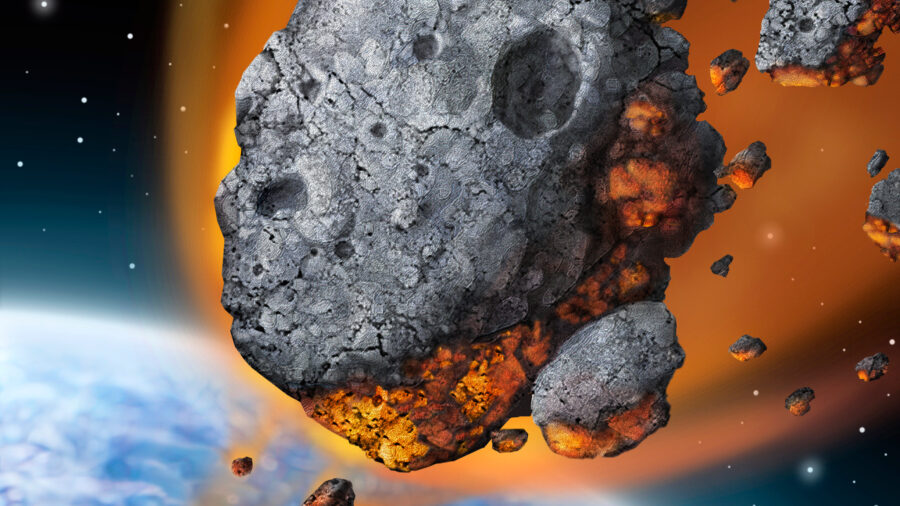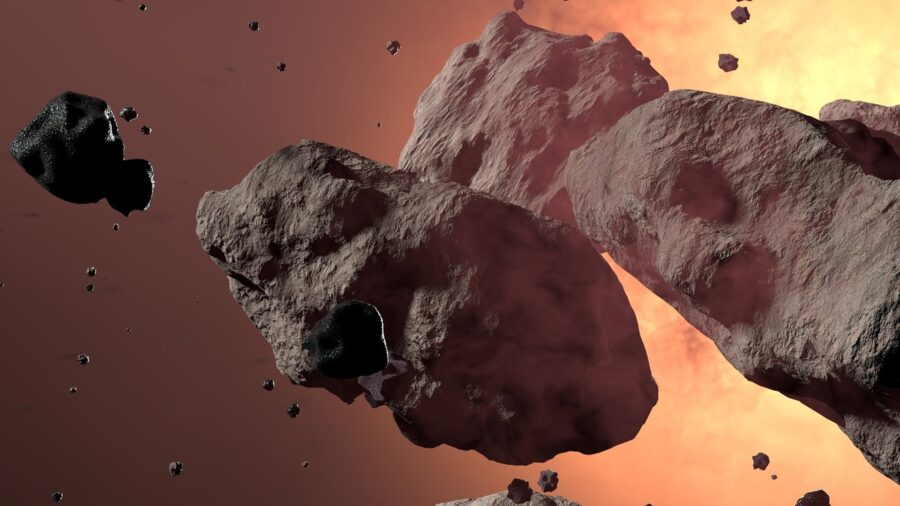Deep Space Asteroid Sample Finally Coming To Earth

Very soon, scientists in Utah might be in possession of a deep space sample that is as old as our solar system. According to Futurism, NASA’s OSIRIS-REx spacecraft is on the verge of achieving a historic milestone as it prepares to release a “mini-fridge size capsule” containing 8.8 ounces of rock and dust collected from the asteroid Bennu over the Utah desert.
A mission launched seven years ago is about to pay off, with NASA successfully depositing an asteroid sample on Earth.
Bennu is an asteroid located tens of millions of miles away, and OSIRIS-REx has been on a seven-year mission to collect a small bit of space dust from Bennu’s surface. While the capsule is only dropping off less than 9 ounces of space dust, this little bit of deep space may be the key to unlocking many secrets of the universe. If this mission is successful, it will mark the first time that NASA has retrieved a sample from an asteroid and delivered it to Earth.
However, it won’t be the first time that any humans have brought back bits of a meteor since Japan’s Hayabusa spacecraft already completed that milestone by collecting rock from the asteroid Itokawa in 2010.
Scientists eagerly anticipate analyzing the asteroid sample from Bennu, as they believe it contains materials dating back to the earliest days of our solar system. OSIRIS-REx deputy project manager Michael Moreau also suggests that the asteroid sample may contain organic molecules that could shed light on the origins of life on Earth, as these molecules might have hitched rides on meteorites that impacted our planet.

The OSIRIS-REx mission began its journey on September 8, 2016, and reached Bennu two years later. Bennu, with a diameter of around 1,614 feet, orbits the Sun every six Earth years. What makes this asteroid particularly captivating to scientists is its extreme age, dating back at least 4.5 billion years.
The Bennu asteroid orbits the Sun every six years and dates back 4.5 billion years.
Upon reaching Bennu, OSIRIS-REx embarked on a meticulous two-year orbit around the asteroid. Then, in 2020, the spacecraft executed a daring maneuver known as a “Touch-And-Go.” This audacious move saw the spacecraft briefly land on the asteroid’s surface, collect samples, and employ its onboard thrusters to safely launch itself off the rocky terrain.
Following a final flyby around Bennu in 2021, OSIRIS-REx commenced its journey back to Earth. The spacecraft is poised to release its return capsule over the Utah desert in less than a week. However, the mission doesn’t end there. Rather than landing on Earth, OSIRIS-REx is just dropping off its asteroid souvenir before moving on to its next destination.
After handing off the bits of deep space dust, OSIRIS-REx will adjust its trajectory toward another asteroid called Apophis. It is scheduled to reach Apophis in 2029.
Samples from the Bennu asteroid can give insight into the universe’s origins and even Earth.
By studying the material from Bennu, scientists hope to unravel the mysteries of our solar system’s formation and evolution. The pristine samples collected from the asteroid may contain clues about the conditions in the early solar system, shedding light on the processes that led to the creation of planets, including our own.
Furthermore, the possibility of finding organic molecules within the sample opens a door to understanding the origins of life on Earth. Organic molecules are the foundation of life as we know it, and if they are present in the asteroid material, it could support the hypothesis that life’s ingredients could have been delivered to our planet through asteroid impacts. With each step taken in the realm of space exploration, we come one step closer to unlocking the mysteries of the cosmos and gaining deeper insights into our own origins.












